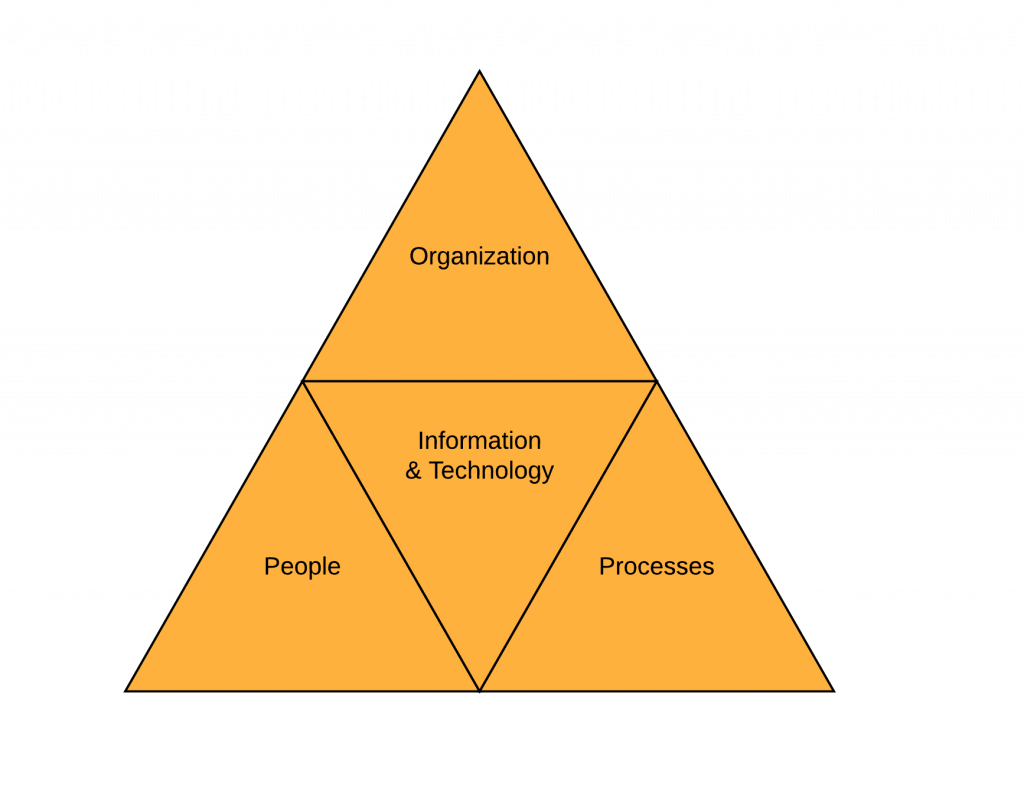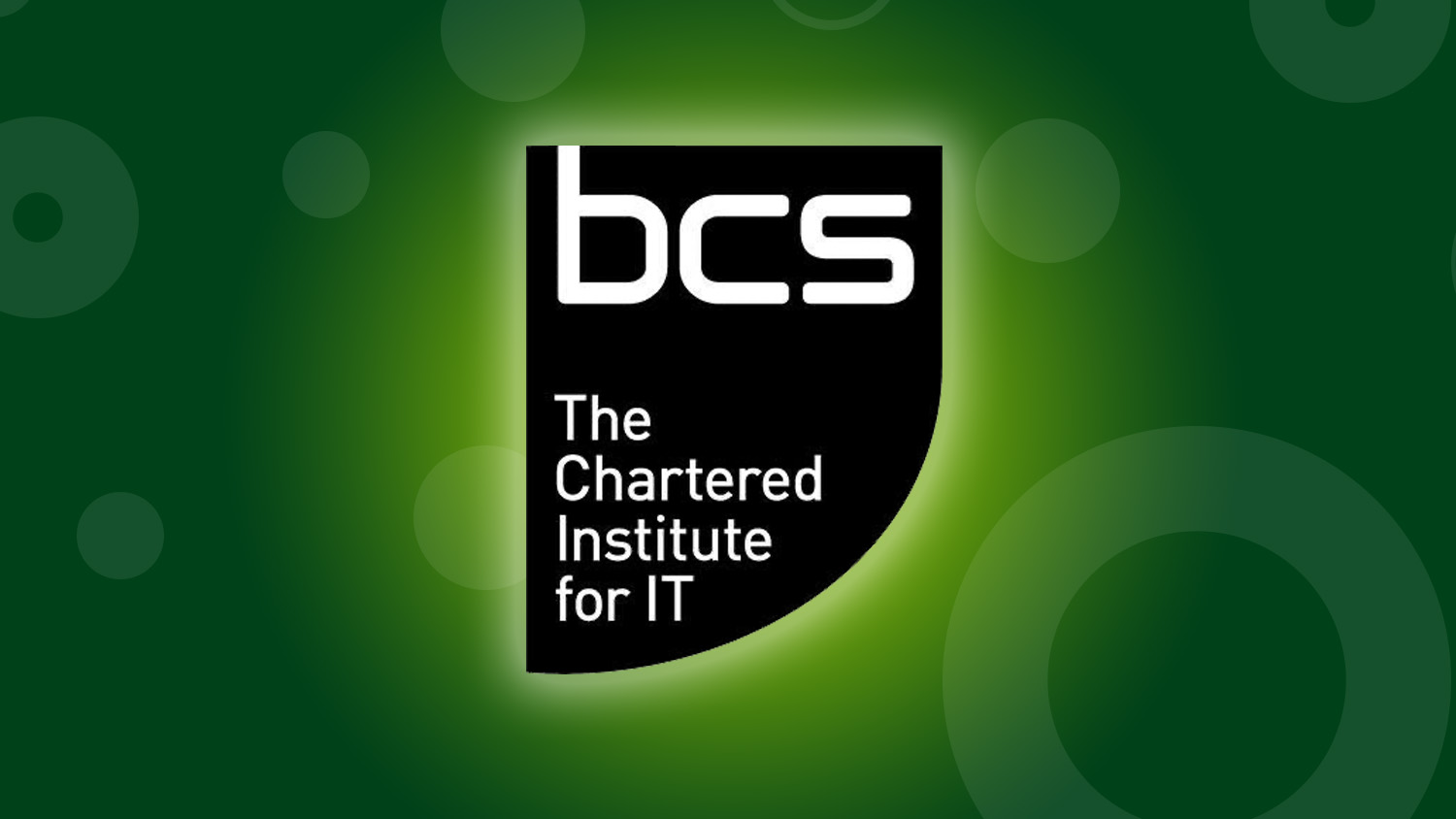The POPIT Model
What does POPIT stand for?
The POPIT model is a helpful tool for considering all domains that are affected by a business change. POPIT stands for Process, Organization, People and Information and Technology. The model is displayed below:

Taking a holistic approach and POPIT
Business analysts play a key role in supporting management to use IT for profit. For this to succeed, it must be done in the context of the entire business system, in other words, a holistic approach must be adopted. The POPIT model shows the different points of view that must be considered when identifying areas for improvement.
As you can see, the POPIT model contains the following domains: organization, information and technology, people and processes. For each domains, there are some questions which you should ask.
Organization
For the organization domain you can think of questions like:
- Is there a supportive management style?
- Are jobs and responsibilities well defined?
- Is there collaborative cross-functional working?
Information and Technology
The information and technology domain consists of two subdomains: information and technology. For each domain, you should ask different questions. For the information domain you can think of questions like:
- Do the staff have the information to conduct their work effectively?
- Are managers able to make decisions based on accurate and timely information?
For the technology domain you can think of questions like:
- Do the systems support the business as required?
- Do they provide information needed to run the organization?
People
To gain insight into what impact a change will have on people, you can ask yourself questions like:
- Do they (the people) have the skill fort the job?
- Are they motivated?
- Do they the business objectives that they need to support?
Processes
Finally, for the processes domain you should ask questions like:
- Are they well defined and communicated?
- Is there good IT Support or are there several work arounds in place?
- Does the process require documents to be passed around the organization unnecessarily?
- Is there the potential to introduce delays and/or errors?
The importance of POPIT
It is important to take a holistic view, because this ensures that all aspects have been considered, and the most important thing is to consider the connection between them. Business analysts must understand the broad scope of the business, including its culture and its impact on people and work practices.
Practice the BCS Foundation Certificate in Business Analysis
Over here you can practice for the BCS exam. A free practice exam is available, and for less then $10,- you buy two full practice exams with 80 questions.







